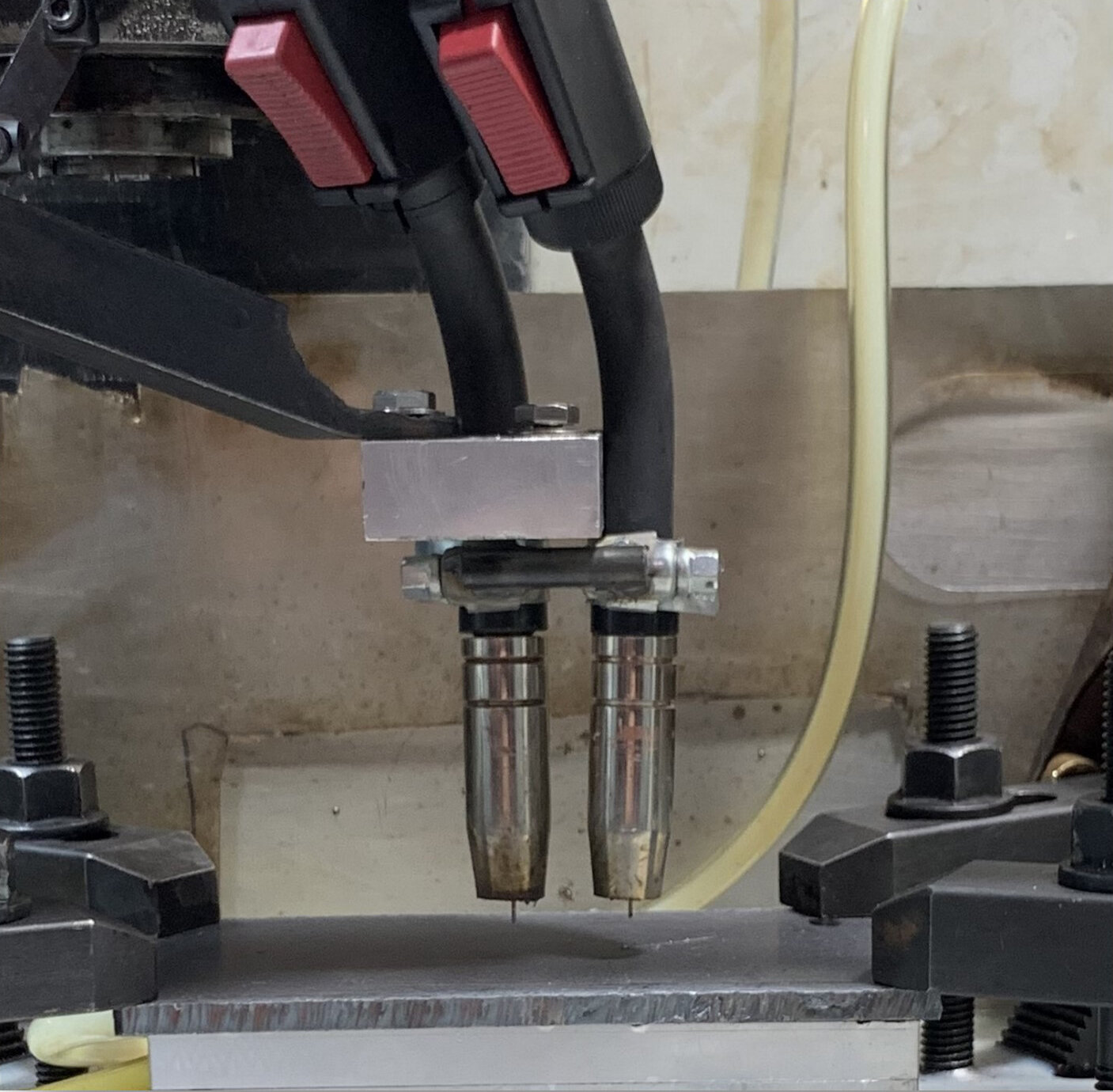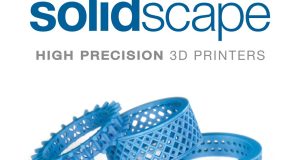Taking a cue from the structural complexity of trees and bones, a team at Washington State University has found a way to print two types of steel in the same circular layer using two welding machines.
The team took inspiration from nature by combining layered rings of different materials, similar to how trees and bones achieve their strength. The engineer*s integrated welding equipment into a computer-controlled CNC machine to produce parts using precise computer programming and two welding heads.
“It has very broad applications because any place that is doing any kind of welding can now expand their design concepts or find applications where they can combine a very hard material and a soft material almost simultaneously,” said Bandyopadhyay, a professor in WSU’s School of Mechanical and Materials Engineering.
The team took inspiration from nature by combining layered rings of different materials, similar to how trees and bones achieve their strength. The engineer*s integrated welding equipment into a computer-controlled CNC machine to produce parts using precise computer programming and two welding heads.
In one demonstration, two welding heads printed two different metals in succession on a circular layer. This created a corrosion-resistant stainless steel core within a shell of less expensive “mild steel.” Because of the different rates of shrinkage of the metals as they cooled, an internal pressure was created that effectively clamped the metals together. Tests showed higher strength than either stainless steel or mild steel alone.
“This method deposits the metals in a circle instead of just in a line. By doing that, it fundamentally departs from what’s been possible,” said Lile Squires, a WSU mechanical engineering doctoral student and the study’s first author. “Going in a circle essentially allows one material to bear hug the other material, which can’t happen when printing in a straight line or in sandwiched layers.”
“This concept has both welders printing, so we can use multiple materials in the same layer itself, creating advantages as they combine,” said Bandyopadhyay. “And it doesn’t have to stop at just two materials. It can be expanded.”
The technology could be used in medical technology or even in space travel in the future. A provisional patent application has been filed for this development.
Subscribe to our Newsletter
3DPResso is a weekly newsletter that links to the most exciting global stories from the 3D printing and additive manufacturing industry.























